The Oppo Find X9 Pro has arrived, and this isn't your typical flagship upgrade. It makes bold moves in smartphone cameras and pairs them with battery capacity most manufacturers can only dream of. The centerpiece is a 200-megapixel telephoto lens developed in partnership with Hasselblad, according to Wired. What really sets it apart is a detachable lens system that nudges your phone closer to a pro setup. Then there is that massive 7,500 mAh silicon-carbon battery, as reported by Wired, which tackles a persistent limitation in flagship photography, the nagging fear of running out of power right when the light is perfect.
What makes that detachable telephoto lens so special?
Here is where things get exciting for photography diehards. The Find X9 Pro does not just offer impressive zoom. It rethinks how telephoto on a phone can work by addressing the eternal trade-off between pocketable gear and serious optics. The built-in telephoto camera provides 3X optical zoom, according to Wired, driven by that huge 200-megapixel sensor. Clip on the Hasselblad Professional Teleconverter Kit, and you step into territory usually reserved for dedicated cameras.
We are talking about a system that PhoneArena reports can reach a 4600mm equivalent, or 200X magnification. Telescope territory. That opens up wildlife shoots across a field, far-end sports moments, and intricate architectural flourishes on rooftops you cannot even see with the naked eye.
The detachable lens brings a 3.28x magnification factor, as detailed by TechRadar. It turns the phone's standard 70mm telephoto into a 230mm optical equivalent when attached. You get full-sensor 200MP shots at 230mm, cropped 50MP images at 460mm, and 12.5MP photos at 920mm, according to TechRadar. Real reach, real glass, not just digital crop.
The setup is simple too. The teleconverter sits directly over the phone's 200MP telephoto and covers the entire camera island when attached, as noted by Yahoo. Pocketable when you want it, serious zoom when the moment demands it. No bag full of lenses required.
How does that massive battery change the game?
Here is the practical win. That enormous battery finally addresses the classic field-shoot headache. You start filming, push the camera hard, and watch the percentage free-fall. Previous phones that chased bigger batteries often traded away camera performance or charging speed. The Find X9 Pro approaches the problem differently.
It packs a 7,500mAh silicon-carbon battery, confirmed by The Verge. The chemistry is the trick. Oppo's self-developed fourth-generation silicon-carbon negative electrode material, according to EET China, extends battery lifespan by about 60 percent compared to standard lithium-ion cells. Translation, it should hold up longer over years of heavy use.
Charging is no slouch either, with 80-watt wired and 50-watt wireless, as reported by Wired. Even when you push features like 4K Live Photos, the device sips power efficiently. The chipset averages around 4.7W during camera operation, according to Chinese tech publication Guancha. Shoot all afternoon with the teleconverter, and you are not glued to a battery widget.
Put it together, big capacity, smart efficiency, and advanced chemistry. For mobile photographers, that combination removes the usual ceiling on how long you can stay in the field.
What about the rest of the camera system?
The detachable telephoto steals the headlines, but the rest of the system is not a side note. The main camera uses Sony's 50MP LYT-828 with a large 1/1.28-inch sensor, as detailed by PhoneArena. It is paired with hybrid-frame HDR that reaches 17 stops of dynamic range, according to PhoneArena. In backlit scenes or high-noon street shots, you keep highlight texture and shadow detail without a muddy mess.
The ultra-wide uses a 50MP Samsung ISOCELL JN5, as reported by PhoneArena. The front-facing camera also hits 50MP for creators who live on the front lens. All rear cameras can capture at full resolution, according to Wired, so the detail holds up across focal lengths rather than quietly dropping when you swap lenses.
Under the hood sits Oppo's Ultra Pixel Fusion Engine, as mentioned in Guancha. It uses convolutional neural networks trained on 500,000 photos to tackle noise and enhance detail. As sensors approach physical limits, that computational lift matters more with every generation.
How do the specs stack up for everyday use?
Cameras and battery only shine if the rest keeps up. The Find X9 Pro runs MediaTek's Dimensity 9500 with 16GB of RAM, as confirmed by Wired. That gives you the headroom for real-time processing on 200MP files and heavy AI features without waiting on progress bars.
Storage is a roomy 512GB, according to Wired. Useful when a single full-res telephoto image eats space. The 6.78-inch flat display, as reported by Wired, avoids accidental touches that can ruin a shot right as the action peaks.
There is a customizable AI button and Oppo's returning touch-sensitive camera shutter button, according to The Verge. Physical controls matter when you have a teleconverter clipped on and need a clean half-press feel, not a slippery tap.
For global availability, the Find X9 Pro will launch in the UK and Europe with pricing at £1,099 (€1,299), as confirmed by Wired. Squarely flagship territory, but the modular camera and battery might justify the premium if you prioritize shooting.
Is this the future of smartphone photography?
The Find X9 Pro takes a swing at a stubborn design problem, how to pack genuinely pro-level optics into a device you can use all day. Instead of stacking bigger bumps and more fixed lenses, Oppo leans into modularity, bring the glass when you need it, pocket the phone when you do not.
Convenience is the trade. Yahoo notes the hassle may mean you will not attach the lens every day. Fair. But that compromise enables reach that is physically impossible to build into a thin slab. For shooters who want the option of true 200X optical-equivalent zoom, as reported by PhoneArena, this unlocks wildlife, sports, and architectural details that phones rarely touch.
Pair that reach with a 7,500mAh battery and the usual limits, zoom and endurance, fade into the background. You can chase the shot without obsessing over chargers.
The global launch on October 28, according to TechRadar, will test whether mainstream buyers accept modular complexity for a big leap in capability. My hunch, enthusiasts will love it, and the rest will watch closely. If it lands, this could nudge flagships toward a new path. If not, it will be a memorable swing at a problem that will not go away.




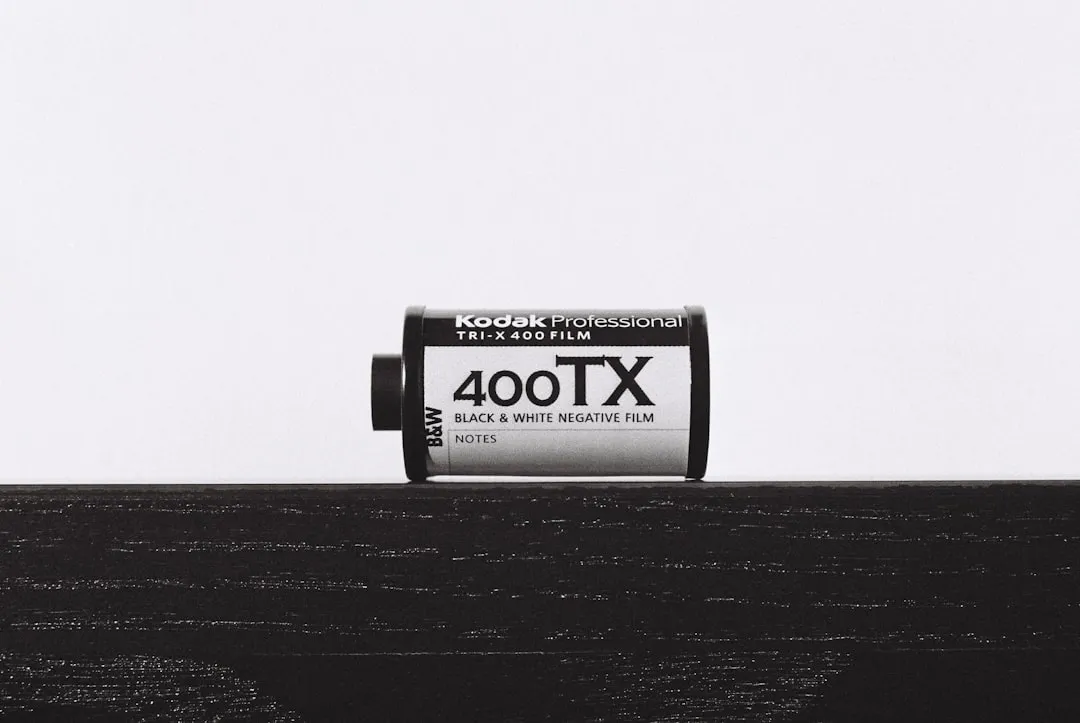
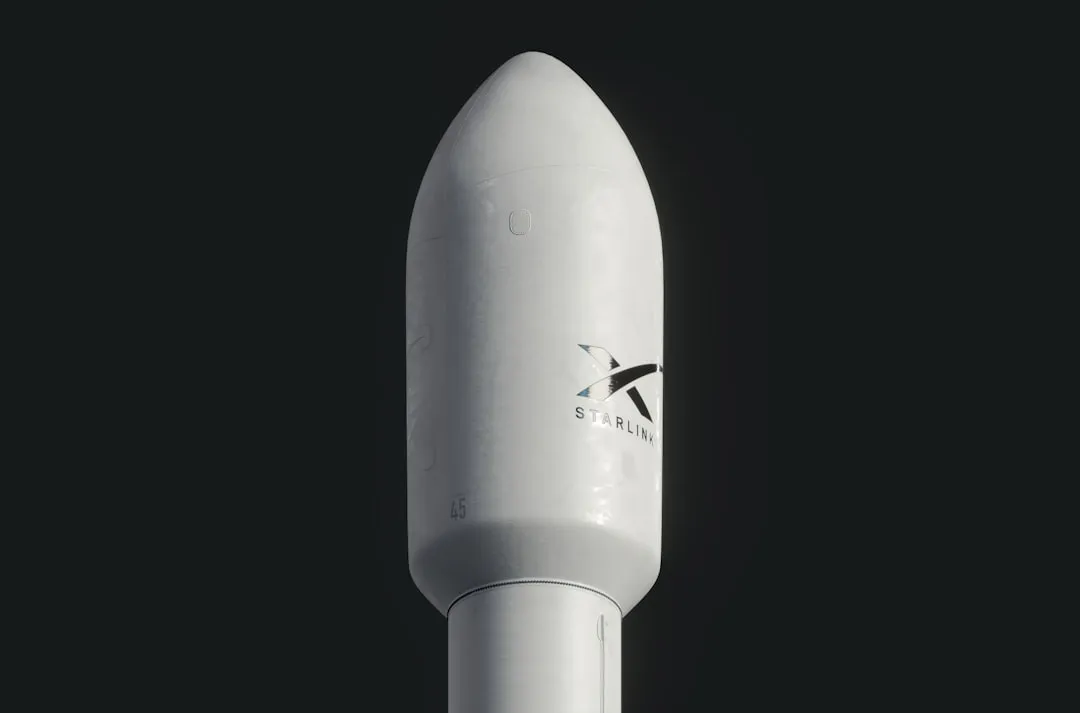

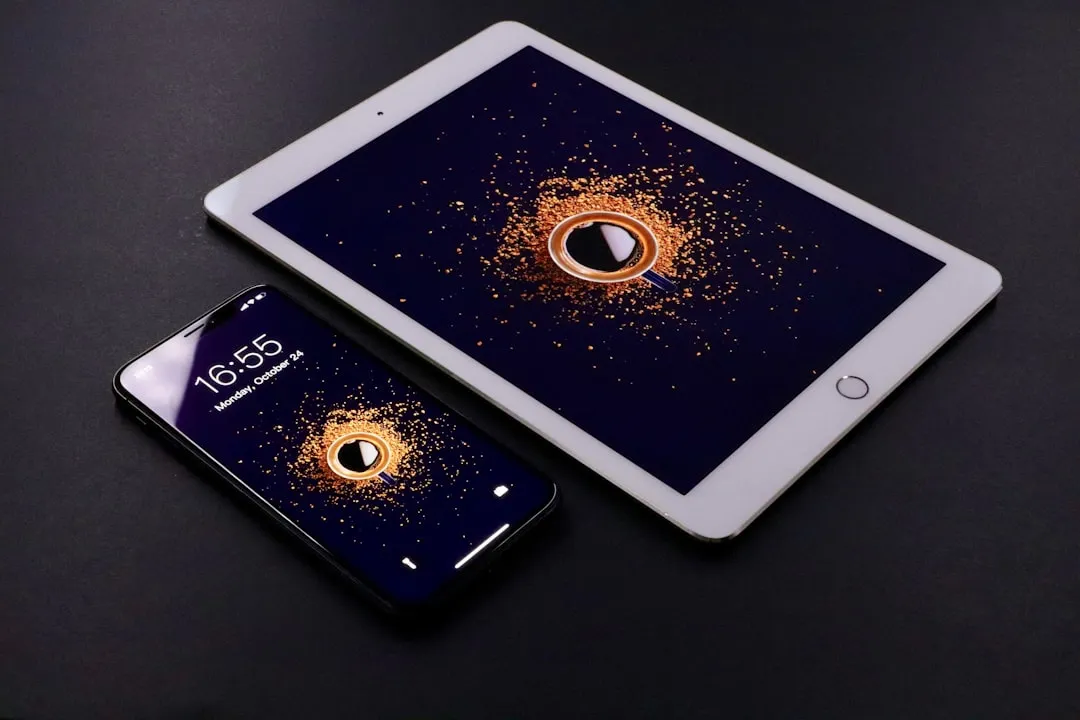
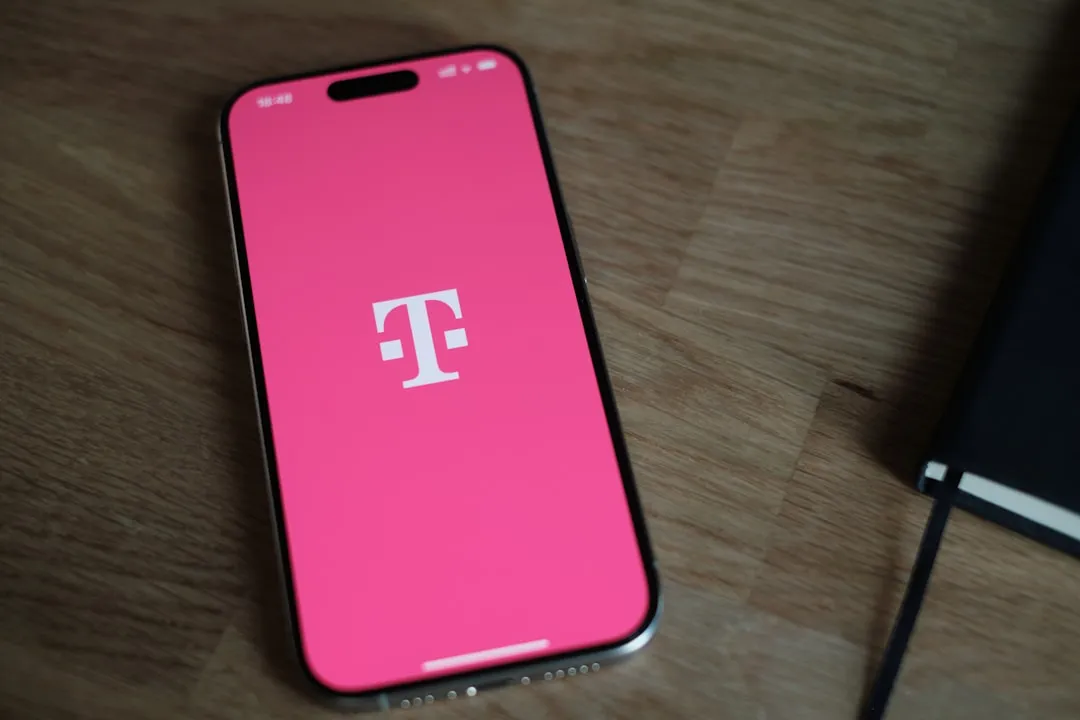
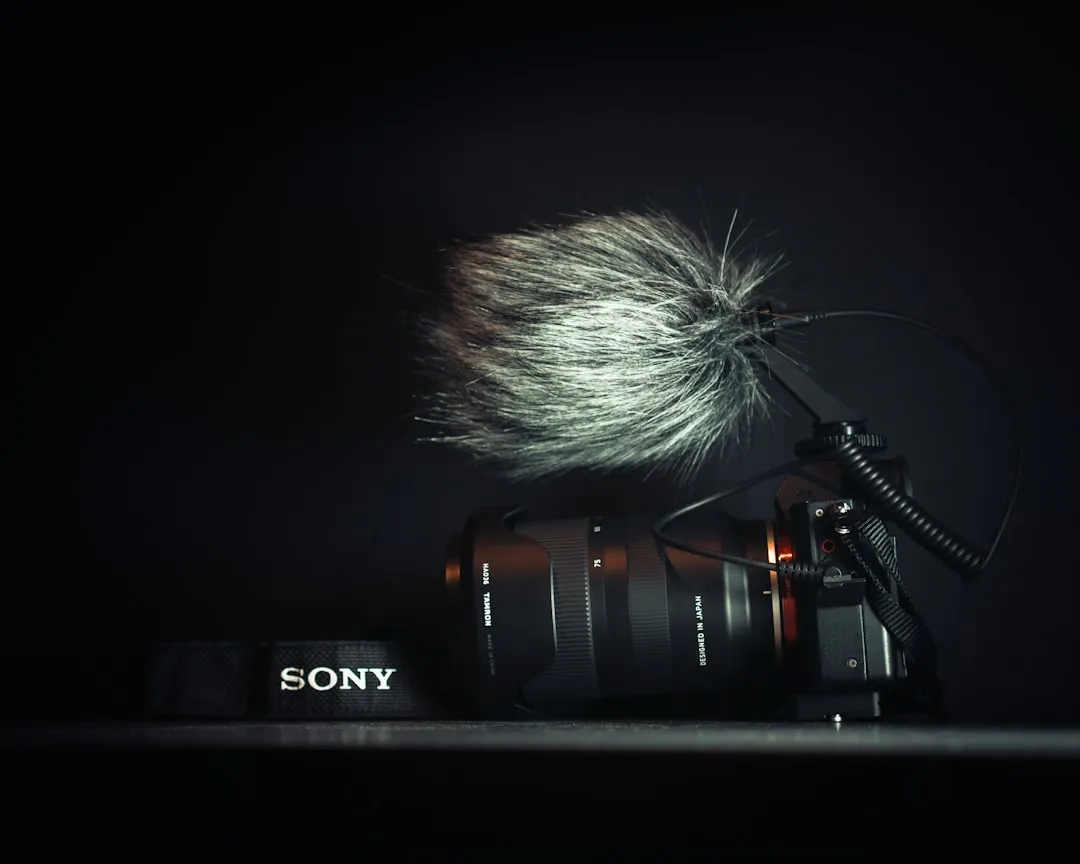
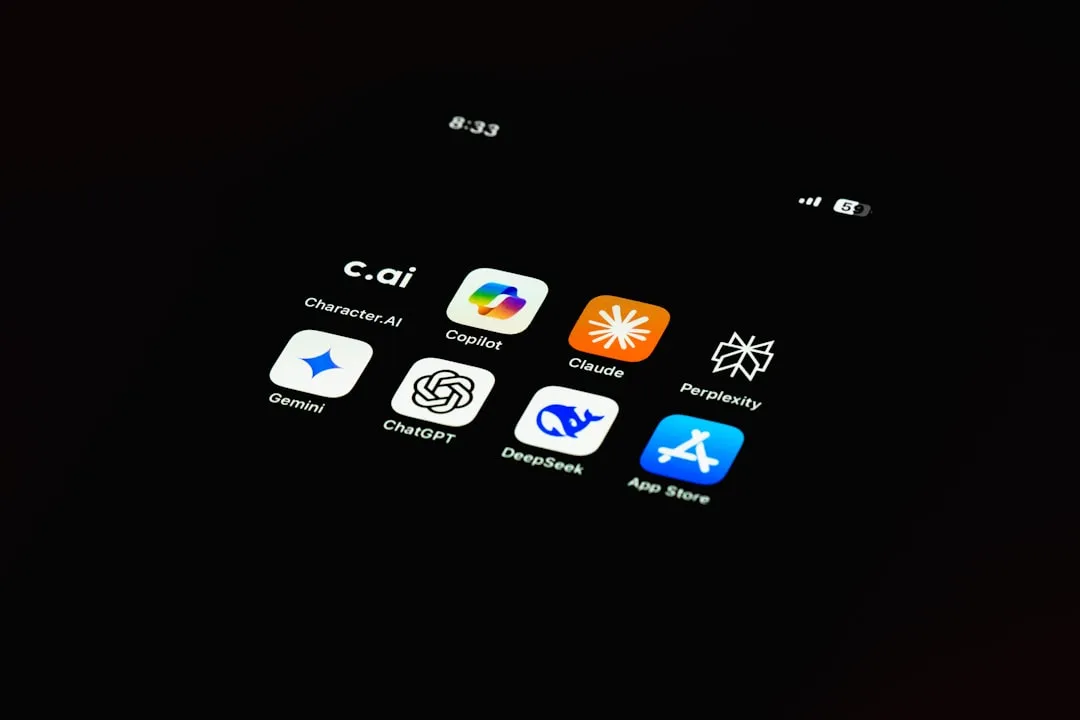


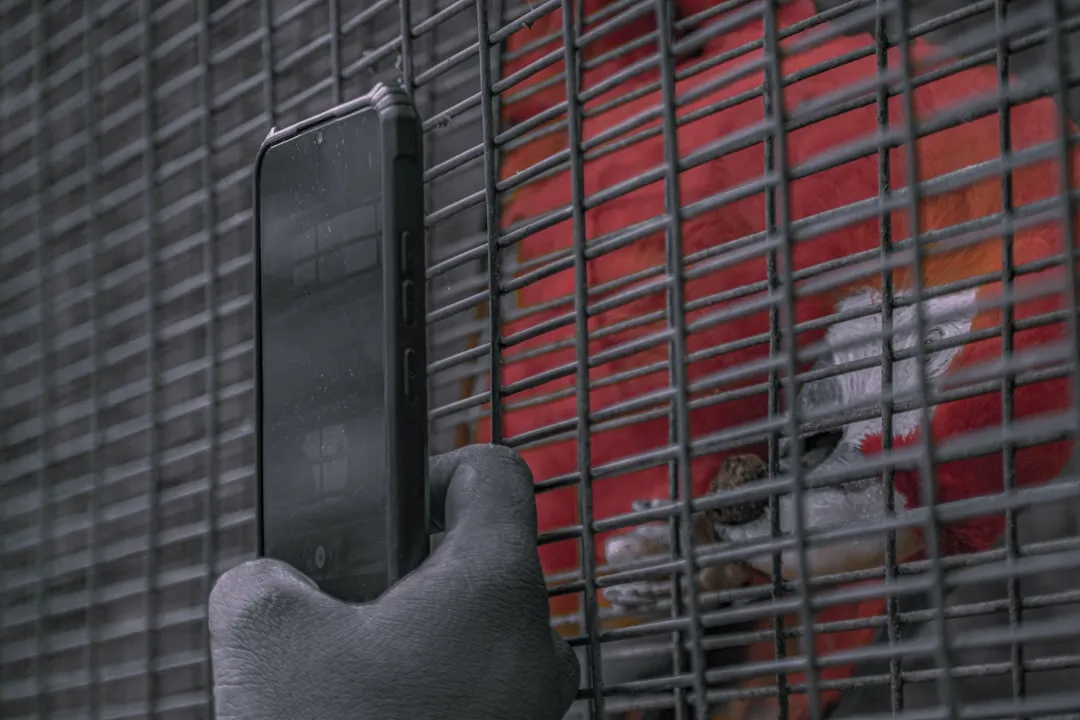
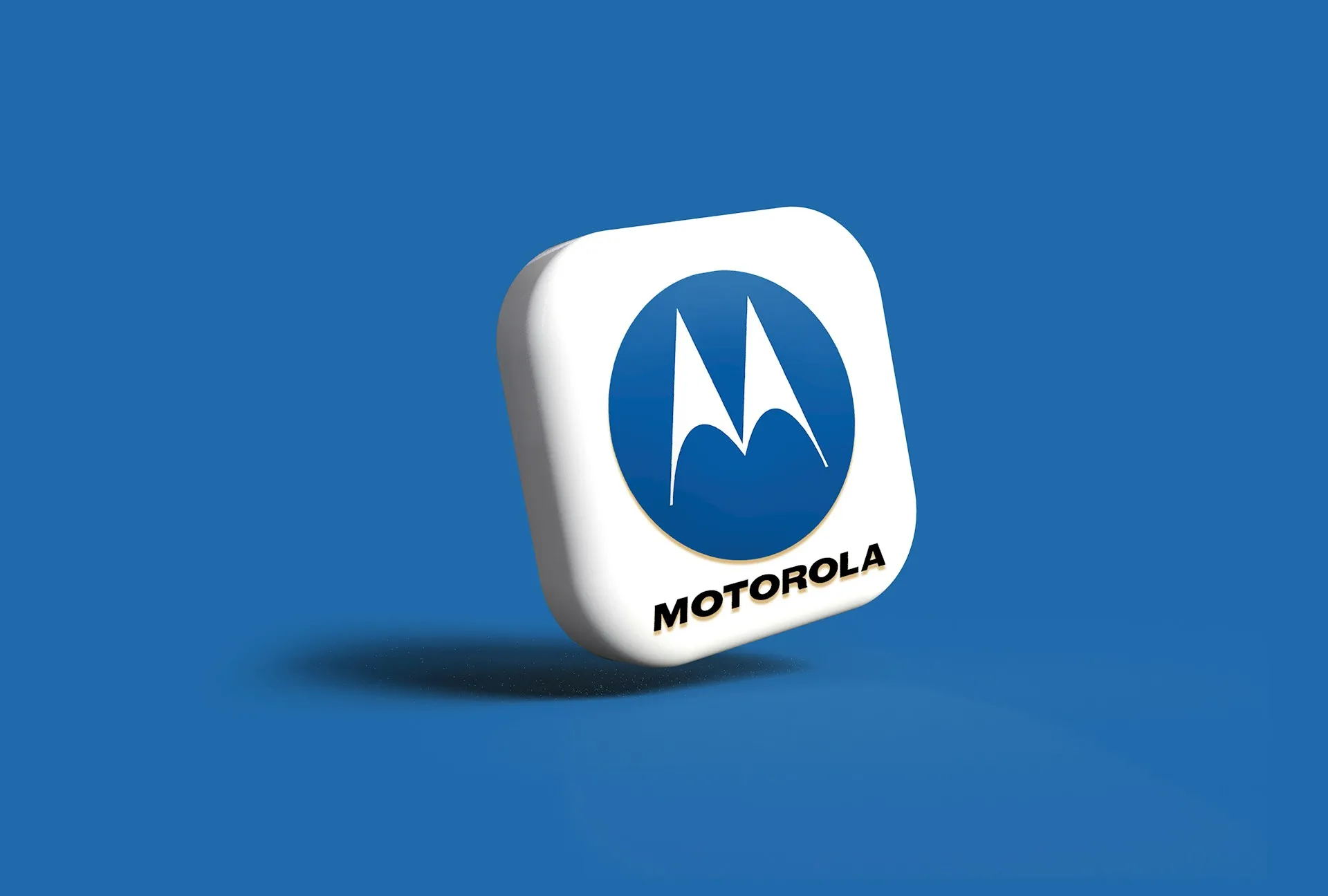
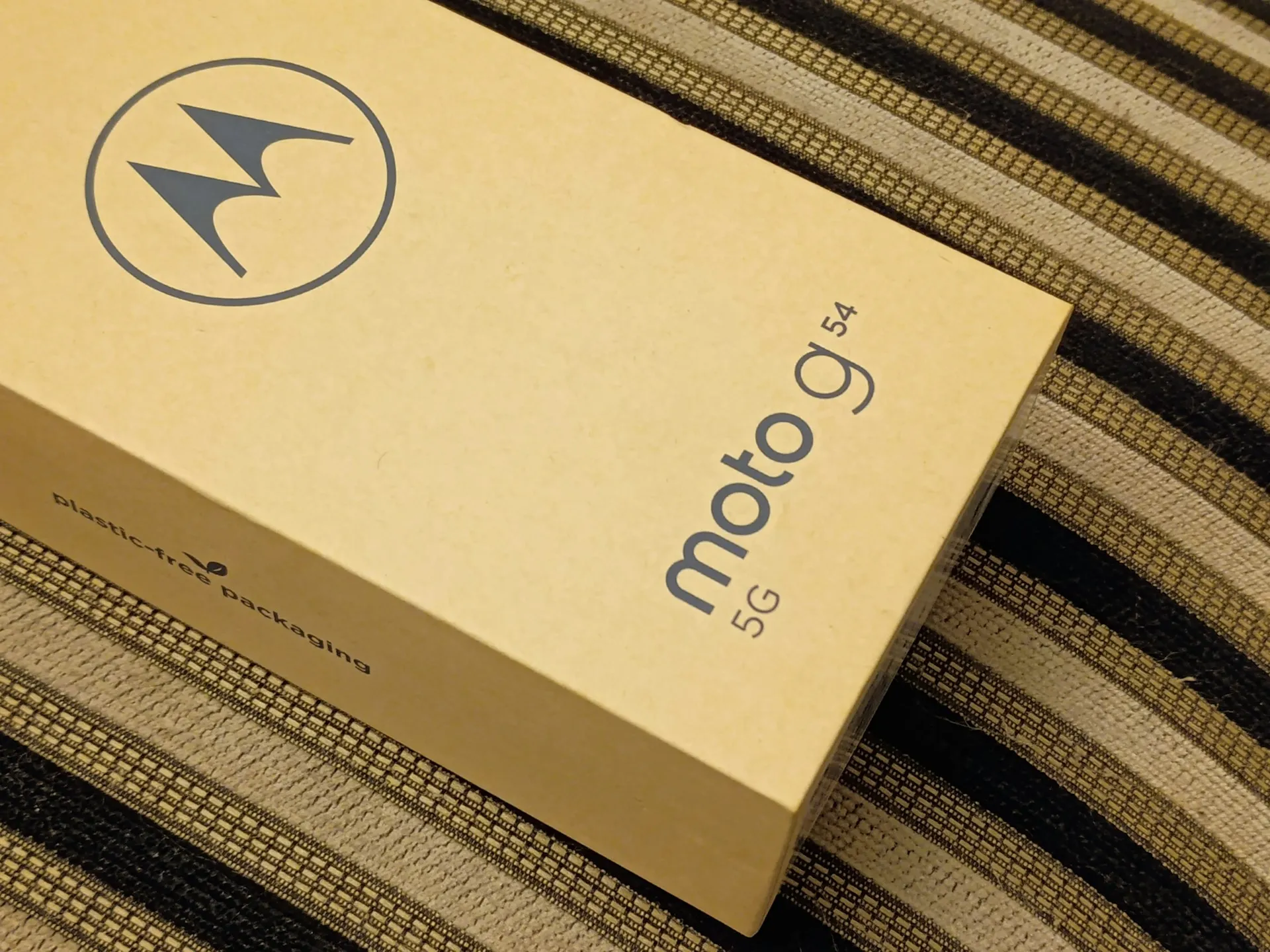

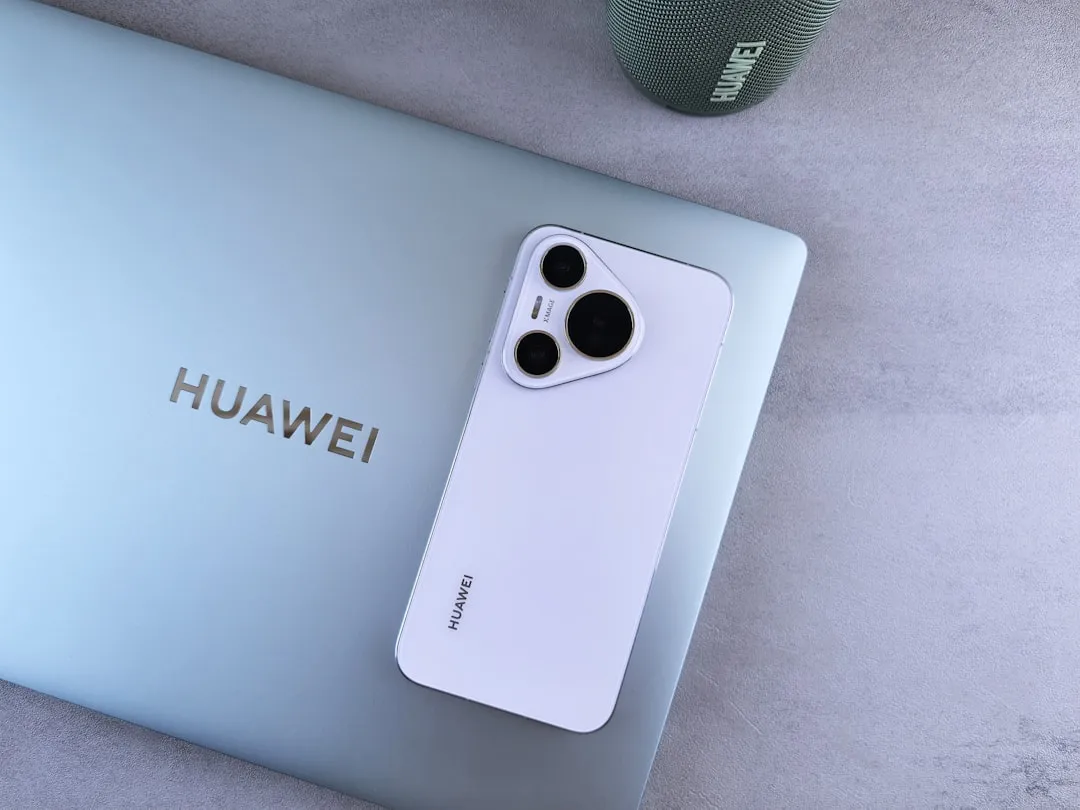
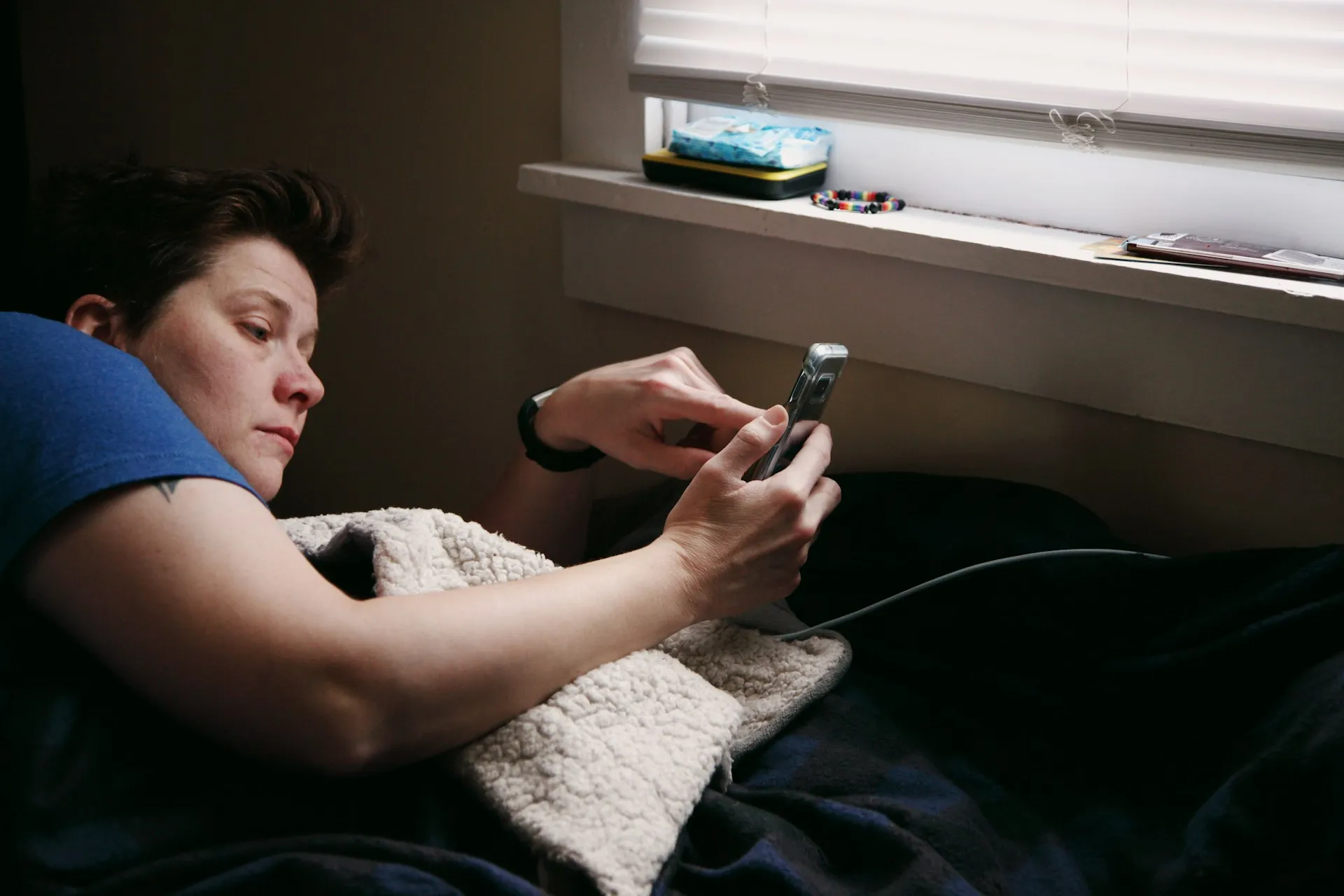
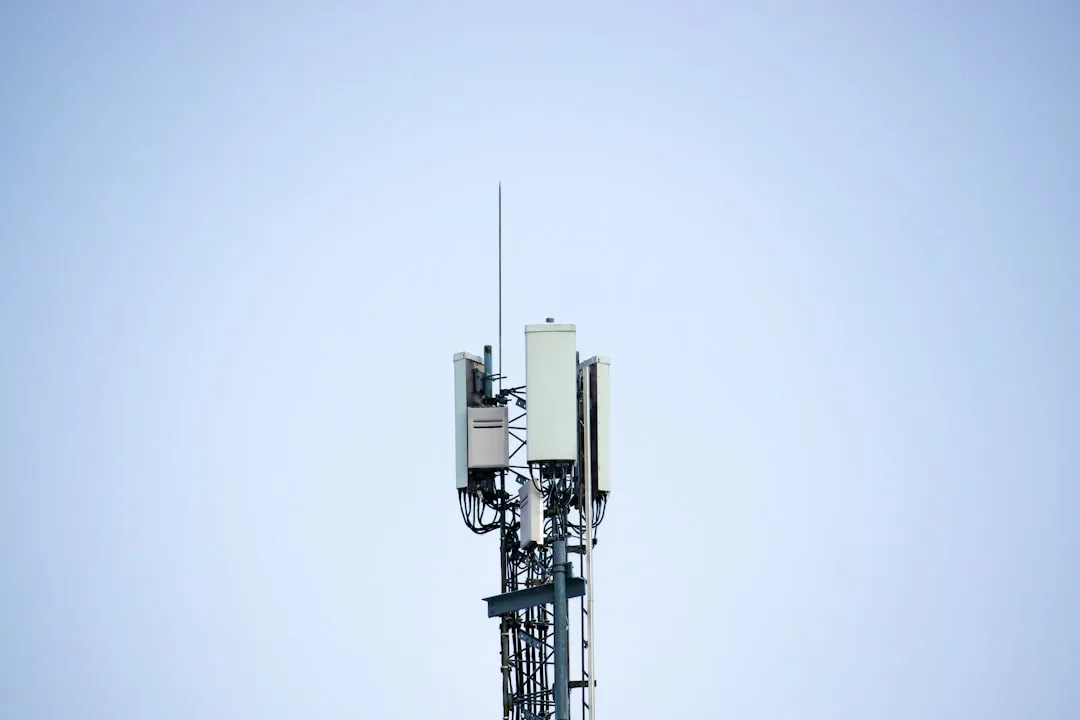
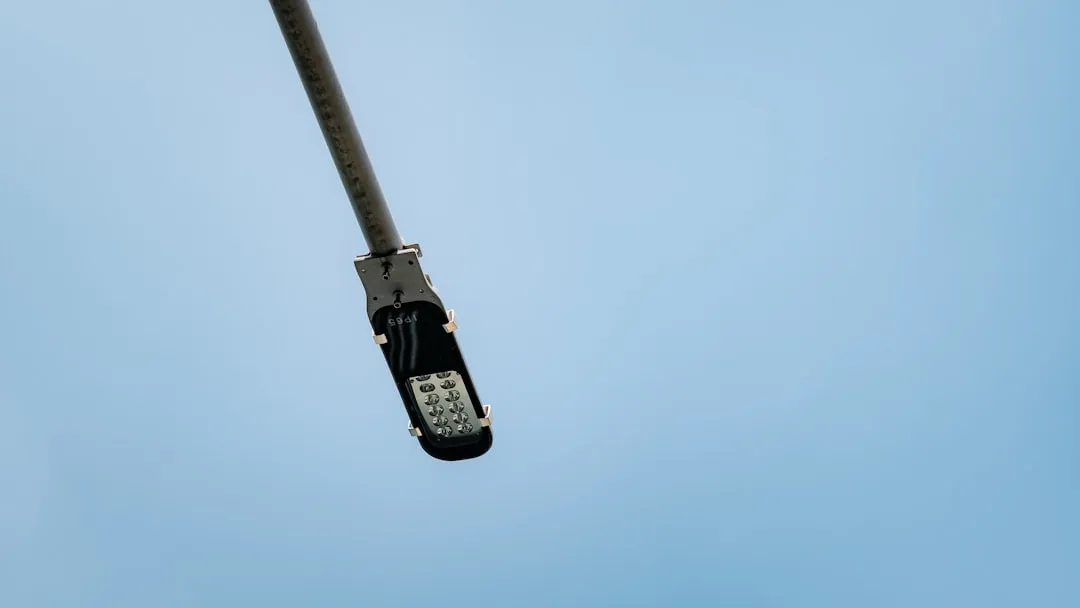

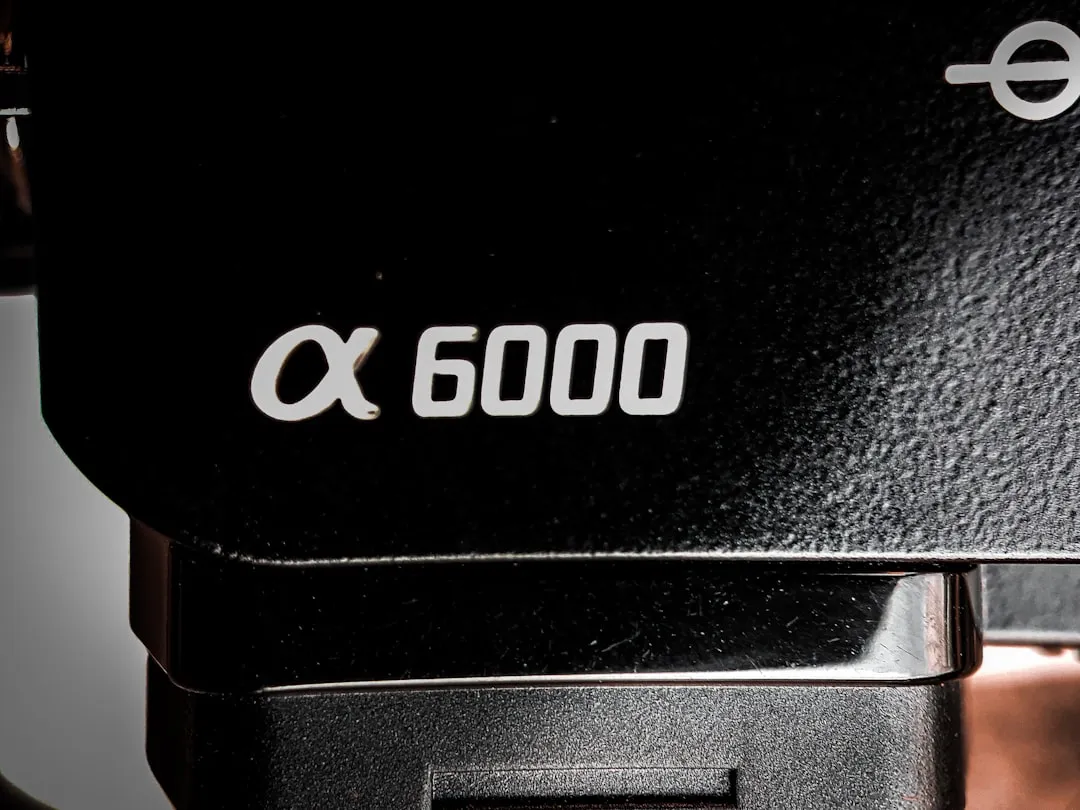
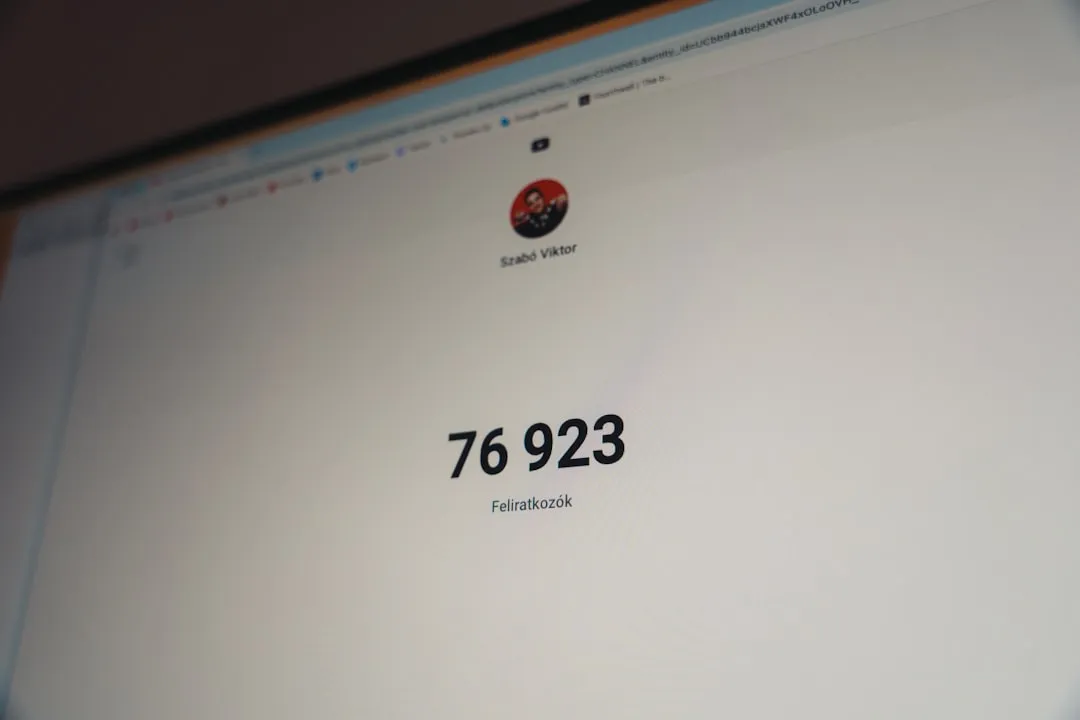

Comments
Be the first, drop a comment!